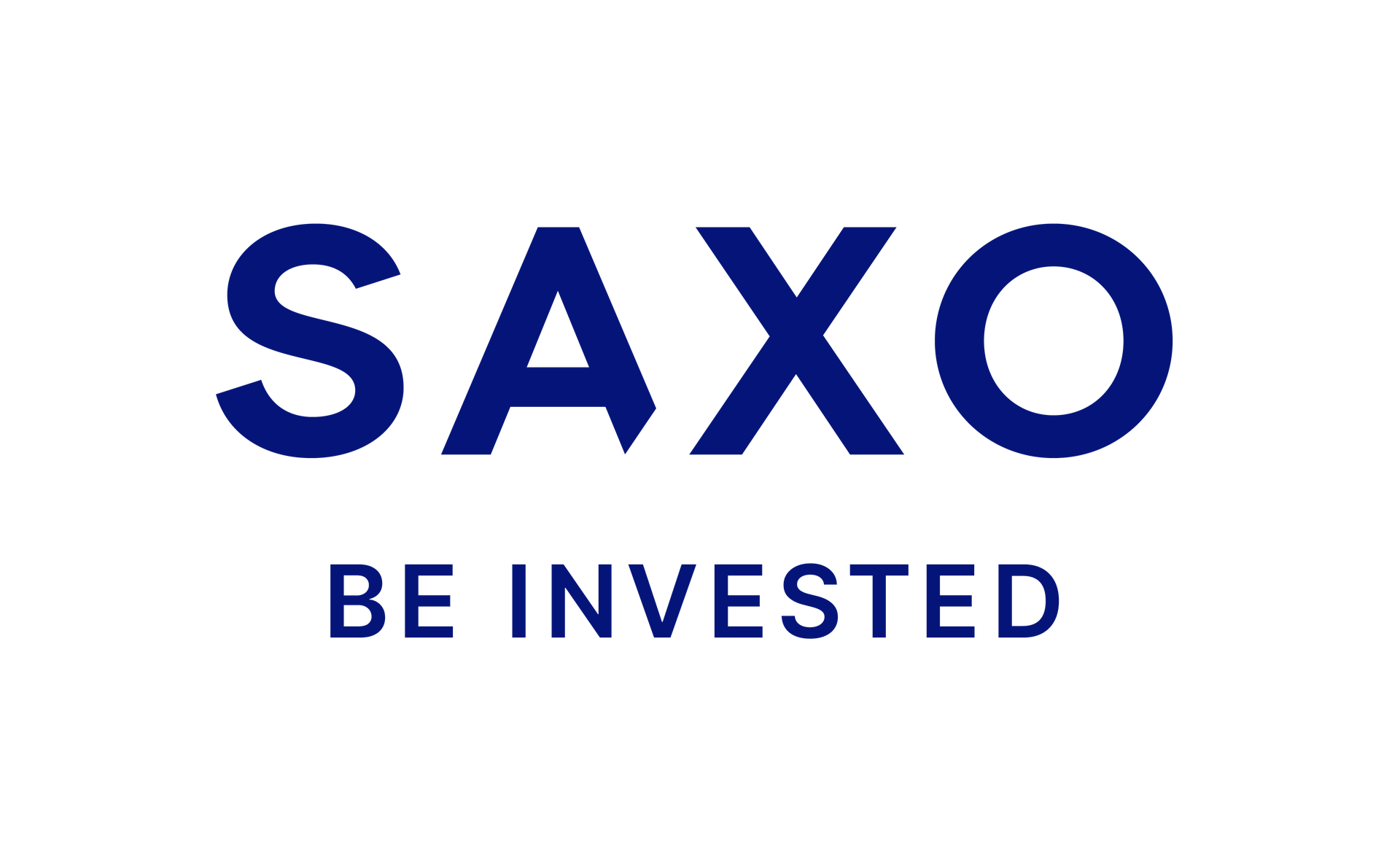Interest rates look set to be cut on both sides of the Atlantic this week despite uncertainty created by the Budget and the US presidential election.
The US Federal Reserve will reveal its next monetary policy decision on Thursday, though it may still be uncertain by then whether Donald Trump or Kamala Harris has won.
The Bank of England is also expected to reduce rates on the same day – although Labour’s Budget may mean they go more slowly than previously expected in the coming months.
The dollar and Treasury yields fell yesterday as investors responded to polls suggesting Harris may have the edge.
> When will interest rates fall again? Latest forecasts on base rate

Election call: The US Federal Reserve (pictured) will reveal its next monetary policy decision on Thursday, though it may still be uncertain whether Donald Trump or Kamala Harris has won
The decisions by the Fed and the Bank will be key for millions of borrowers in both countries.
The Fed’s actions in particular will ripple through international financial markets, notably via the dollar and US bonds, known as Treasuries, which are seen as the world’s safest asset.
That is because, while both candidates look set to add trillions to the national debt with a borrowing splurge, it is Trump’s plans that are more profligate and therefore more inflationary.
Higher inflation means slower rate cuts. And rates being higher for longer strengthens the dollar. Markets had until now been betting that a Trump victory was more likely.
Kenneth Broux, head of foreign exchange research at bank Societe Generale, said: ‘The polls suggesting that Harris may have her nose in front in couple of swing states is causing a bit of profit-taking in the Trump trade.’
In Britain, markets have changed their bets on when rate cuts will take place as a result of Rachel Reeves’ Budget.
The Chancellor’s £162billion borrowing binge and associated spending splurge are seen as likely to add to inflation pressures, something that would slow the path of rate cuts.
Inflation has been at or around its 2 per cent target since the spring and in September sank to 1.7 per cent, a three-and-a-half-year low.
The fall in inflation enabled the Bank to cut interest rates from 5.25 per cent to 5 per cent in August though it held fire in September. Economists expect a further cut this week.
But following the Budget, traders are no longer betting on a pre-Christmas cut in December – and are pencilling in the next one in February.

What’s next? OBR forecasts for interest rates and five-year gilt yields
DIY INVESTING PLATFORMS

AJ Bell

AJ Bell
Easy investing and ready-made portfolios

Hargreaves Lansdown

Hargreaves Lansdown
Free fund dealing and investment ideas

interactive investor

interactive investor
Flat-fee investing from £4.99 per month

Saxo

Saxo
Get £200 back in trading fees
Trading 212
Trading 212
Free dealing and no account fee
Affiliate links: If you take out a product This is Money may earn a commission. These deals are chosen by our editorial team, as we think they are worth highlighting. This does not affect our editorial independence.
This article was originally published by a www.dailymail.co.uk . Read the Original article here. .


